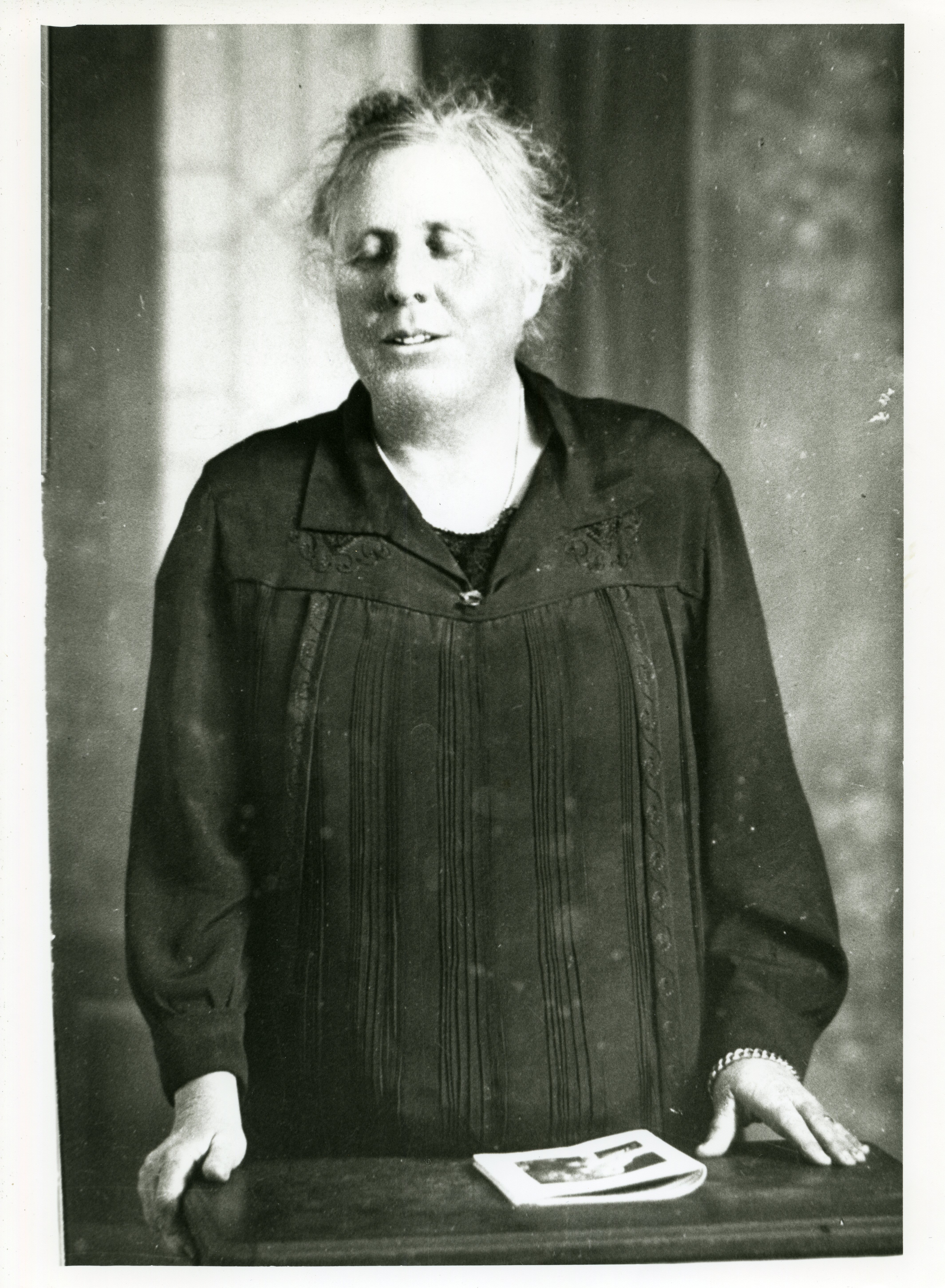About Susan Schardt
Susan Katherina Schardt was a philanthropist and founder of the institution that is now known as Royal Rehab. Susan was born sight impaired and devoted her life to assisting other people with disabilities during a time when support services were limited. Susan was influential in changing social attitudes towards disability and Royal Rehab is now Australia's longest continuously operating disability service provider,
Location
Category
Share and save

A challenging beginning
Born in 1872 in Queanbeyan, NSW, Susan Schardt was the daughter of German immigrants who came to Australia during the gold rush.
Susan and her younger brother Charles – who was also sight impaired – attended what was then called the NSW Deaf, Dumb and Blind Institution in Darlington from 1880 to 1887. At its peak, the institution had over 240 children enrolled in its school, many of whom (including Susan and her brother) were boarders.
Making a difference early
Religious charity groups were the main providers of support services for people with disabilities in the late 19th century.
On a visit to the Royal Prince Alfred Hospital in Camperdown, Sydney, Susan was greatly concerned for the welfare of a young man who had lost both legs and was about to be discharged from hospital without a place to live. Susan found him a cheap room in Surry Hills and a paid carer.
She subsequently began collecting money from friends and acquaintances, enabling her to continue to make similar arrangements for people with disabilities.
In 1900, Susan opened the Commonwealth Home for Destitute Invalids (later named the New South Wales Home for Incurables) and formalised her work with the establishment of a committee. The home was set in a house she rented on Cleveland Street, Redfern that accommodated up to 16 beds.
Inspiring others and changing attitudes
Susan actively campaigned for people with a variety of impairments and pioneered the disability movement in NSW. Her work was influential in challenging the discriminatory social attitudes prevalent in those times, which suggested that people with a disability had brought it on themselves and should be isolated in institutions.
Susan's lived experience of discrimination inspired others to act. In 1906, the Governor of NSW Henry Rawson became a patron of the New South Wales Home for Incurables, which by this time had assisted 50 individuals to overcome their difficulties.
Around this time, the building on Cleveland Street where the home was located was deemed uninhabitable, leaving Susan looking for a new location. Sir Henry Moses, pastoralist and politician, offered his mansion Weemala at Ryde for sale to the institution at half its value (estimated to have been £7,000 – currently equivalent to just over $1.180 million). The home was officially opened, in its new location, on 10 April 1907.
In 1921, Susan launched an appeal to establish an additional home, this one for cancer patients. These individuals faced similar challenges being frequently deemed to be 'incurable' or even infectious, and were often discharged from hospital without family, funds, or hope of employment. Susan's efforts raised £15,500 towards the institution's establishment. Others continued to work toward the raising of an eventual total of over £35,000. Named Moorong, the home was officially opened in 1924 and now serves as Royal Rehab's spinal injury unit.
Although I never had sight, I always had the ambition to leave the world better because I lived in it.
A far-reaching impact
Susan was authorised by the then Minister of Public Instruction to speak at schools and public meetings. She travelled regularly throughout the state on speaking tours, raising both awareness and funds for her work.
With the assistance of her sighted companion Beatrice Ricketts, Susan spent over 20 years travelling around NSW to inform and educate on services for those with a disability.
Ongoing legacy
After a lifetime of commitment and compassion, Susan died in 1934 at Weemala, the home she had founded 35 years prior.
The institution she founded continues today as Royal Rehab. The first such organisation in NSW to provide disability services and the longest continuously operating disability service provider in Australia, its goal is ‘empowering independence’, something Susan Schardt modelled herself and assisted others to achieve.
At her death, many tributes flowed for Susan’s life and work. The Sydney Sun newspaper in 1934 described Susan Schardt as:
‘… a TRULY noble personality and one who deserves the whole-hearted admiration of the community.’
Susan is buried in Bronte’s Waverley cemetery.
References and further reading
Judith Godden, 'Philanthropy and the Women's Sphere', PhD, Macquarie University, 1983.
